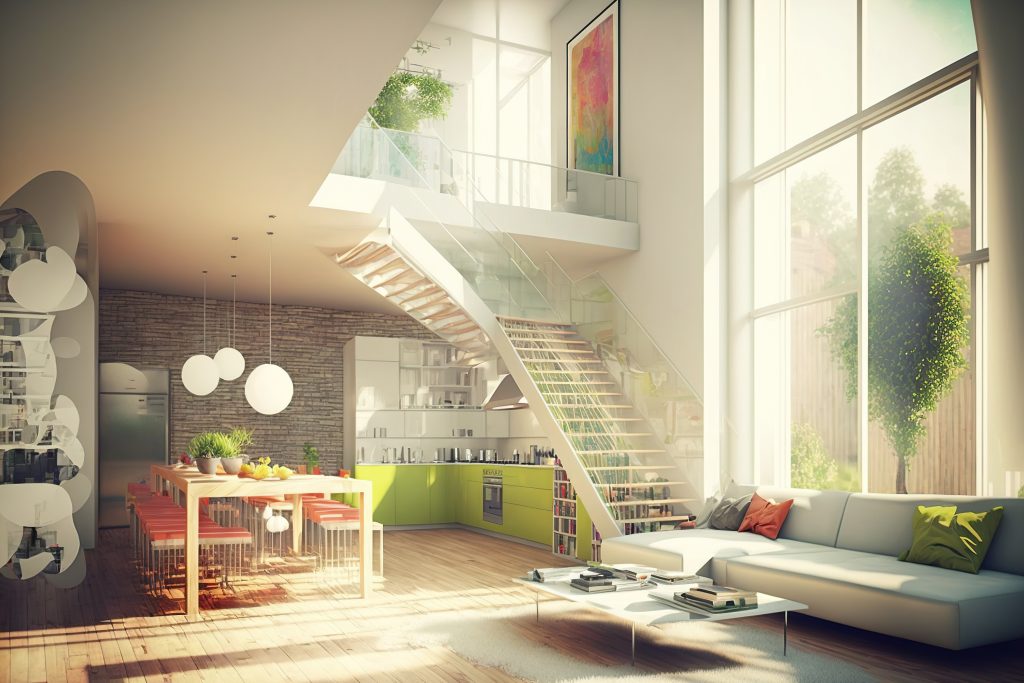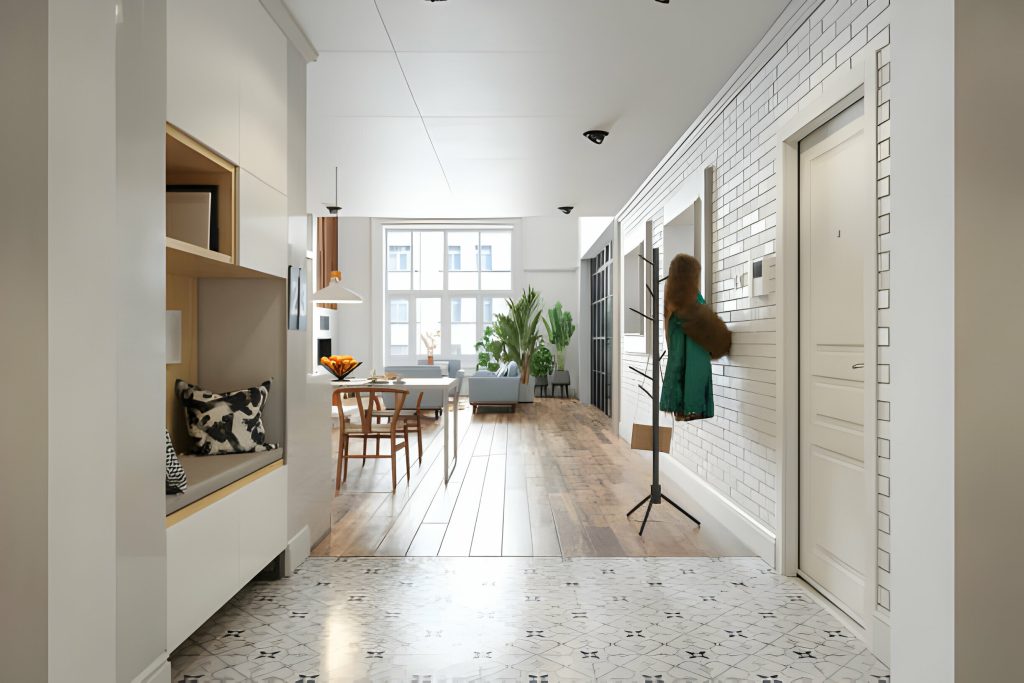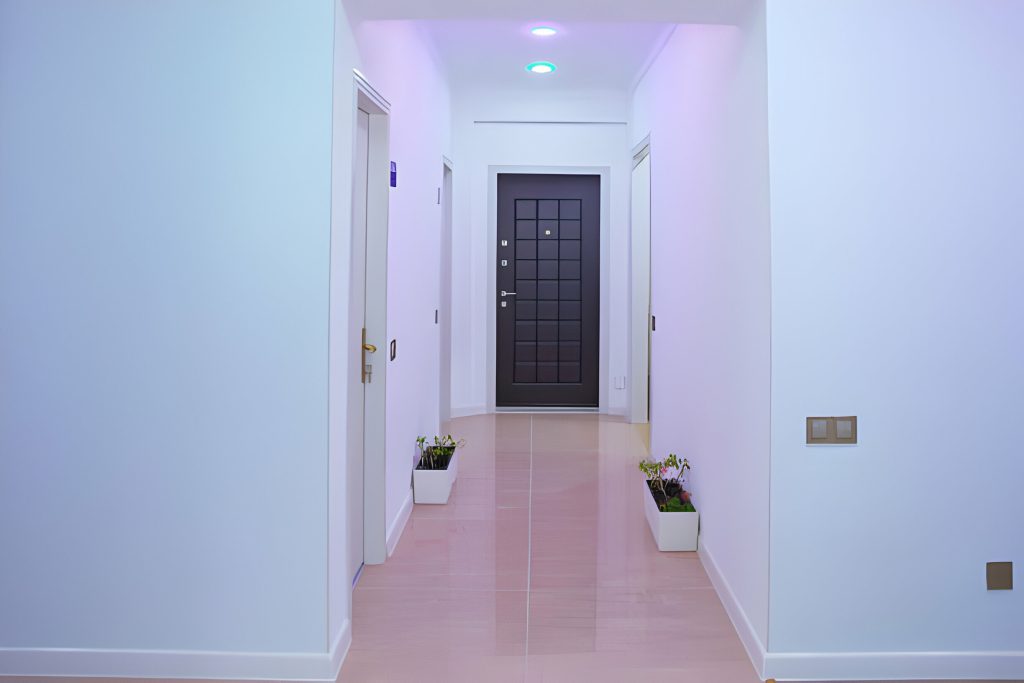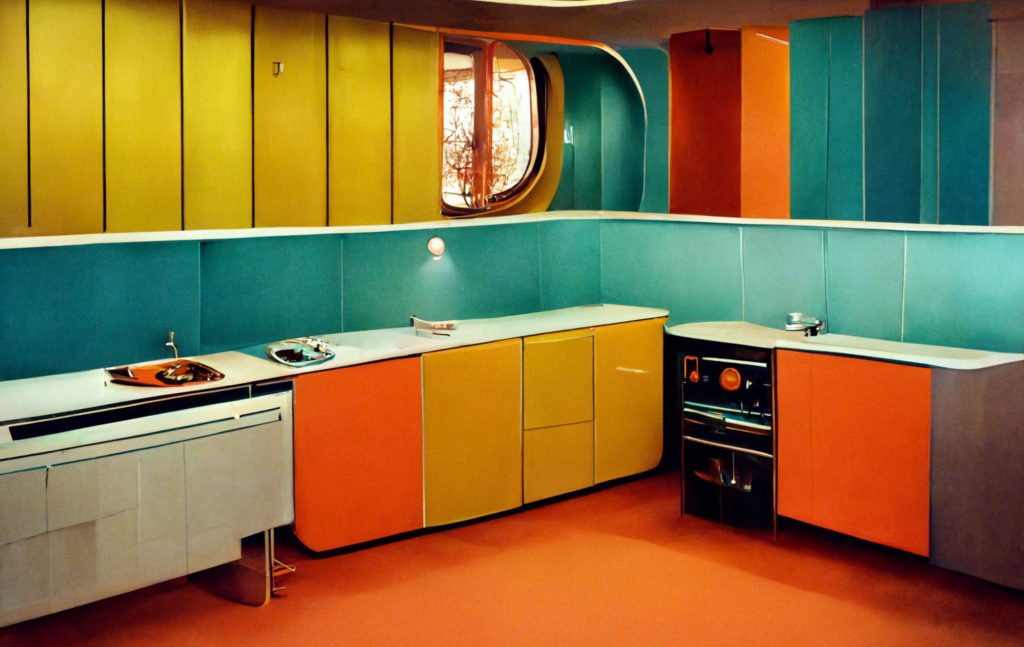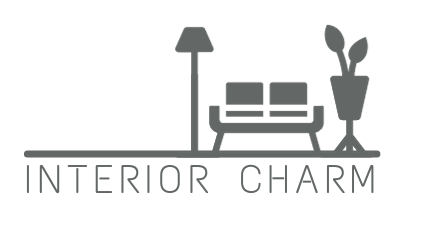Wondering if this design choice will harmonize your space or leave it feeling monotonous? Well, hold onto your apron strings, because we’re about to explore the possibilities of matching kitchen cabinets and walls. But is it truly a match made in design heaven? Let’s unravel this color conundrum and discover if blending these elements will create a kitchen that’s as captivating as a symphony of flavors.
Pros of Matching Colors
Matching colors between your kitchen cabinets and walls offers numerous advantages. One of the main benefits is that it creates a cohesive look in your kitchen. By having the same color on both your cabinets and walls, you establish a sense of unity and harmony in the space. This can make your kitchen feel more put together and visually appealing.
Another advantage is that it can create the illusion of space. By using the same color on both your cabinets and walls, you blur the lines between the two, making the room appear larger and more open. This is especially beneficial for smaller kitchens, where every inch of space counts.
Matching colors also work well for minimalist kitchens. By using a tonal color palette, you create a clean and streamlined look that is characteristic of minimalist design. This allows your kitchen to feel calm and uncluttered, highlighting your decor and other design elements.
Cons of Matching Colors
While there are many advantages to matching colors between your kitchen cabinets and walls, it is important to consider the potential drawbacks as well. Here are three cons of matching colors in your kitchen:
- Limitations of matching: When you choose to match the color of your cabinets to the walls, you may find yourself limited in terms of color choices and design options. This can limit your creativity and expression in creating a unique and personalized kitchen space.
- Downsides of matching: Matching colors between cabinets and walls may not suit all kitchen styles and aesthetics. Depending on the design theme you want to achieve, contrasting colors or different finishes may be more suitable. Matching colors may also not work well with different textures in the space, resulting in a lack of visual interest and variety.
- Drawbacks of same color: While matching colors can create a sleek and unified look, it may not be the best approach for creating a wow-factor in a modern kitchen. If you’re looking to make a bold statement or create a focal point in your kitchen, using contrasting colors or different finishes may be a better option.
It’s important to weigh the pros and cons before deciding whether to match colors between your kitchen cabinets and walls. Consider your desired style, the overall aesthetic of your kitchen, and your personal preferences to make the best decision for your space.
Advantages of Contrasting Colors
Contrasting colors in your kitchen cabinets and walls offer a multitude of advantages that can elevate the overall design and aesthetic of your space. By incorporating contrasting colors, you have the opportunity to add playfulness and excitement to your kitchen. The use of different hues allows for increased creativity in your color choices, providing you with endless possibilities for creating a visually interesting space.
Contrasting colors also bring visual interest and variety to your kitchen. By selecting complementary tones, you can create a harmonious balance between your cabinets and walls. This balance ensures that your kitchen design is cohesive and visually pleasing. It allows different areas of the kitchen to stand out and adds depth and dimension to the overall look.
Incorporating contrasting colors in your kitchen cabinets and walls also enhances the overall balance and harmony of the space. It creates a dynamic and lively setting that reflects your personal style and preferences. By experimenting with different color combinations, you can create focal points and highlight specific areas of your kitchen.
Tips for Executing a Contrasting Color Scheme
To successfully execute a contrasting color scheme in your kitchen cabinets and walls, it is important to carefully consider the overall balance and harmony of the colors chosen. Here are some tips to help you achieve the desired result:
- Choosing complementary tones: When selecting colors for your cabinets and walls, opt for hues that are opposite each other on the color wheel. This creates a pleasing contrast that adds visual interest to the space.
- Comparing samples: Before committing to a color scheme, it is essential to compare samples in person. Lighting can greatly affect how colors appear, so it’s important to see how they look in your kitchen to ensure they complement each other.
- Considering materials: Take into account the materials used in your kitchen, such as countertops, flooring, and appliances. These elements should harmonize with the chosen color scheme to create a cohesive and unified look.
Bringing the Whole Kitchen Together
To create a cohesive and polished look in your kitchen, it is essential to bring all elements together in harmony. Tying materials and colors between the cabinetry and the rest of the room is key to achieving this. Consider using the same wood for the kitchen breakfast bar as the dining table, for example. This creates a seamless flow and connects the different areas of the kitchen.
Having a clear vision and overall aesthetic for your kitchen is crucial. As you design your space, allow your ideas to evolve and adapt. This will ensure that every decision you make contributes to the cohesive look you desire.
When bringing the whole kitchen together, it’s important to consider all aspects of the space. Craft a well-rounded scheme that incorporates appliances and accessories. Choose colors and materials that complement each other and create a harmonious atmosphere.
Two-Toned Cabinets and Creating Contrast
Incorporate a touch of creativity and visual interest in your kitchen design with the popular trend of two-toned cabinets and the art of creating contrast. This technique allows you to play with different colors and finishes to add depth and dimension to your kitchen space. Here are three ways you can achieve a visually stunning effect:
- Paint upper and lower cabinets different colors: By choosing contrasting hues for your upper and lower cabinets, you can create a striking visual impact. Consider using lighter colors for the upper cabinets to make the space feel more open, and darker colors for the lower cabinets to ground the design.
- Match one set of cabinets to the wall: To create a cohesive and harmonious look, you can choose to match one set of cabinets to the color of the walls. This technique works well for minimalist or monochromatic kitchens, where the focus is on creating a calm and contemporary atmosphere.
- Pair painted cabinets with wood cabinets: For a rustic or traditional look, you can combine painted cabinets with wood cabinets. This combination adds warmth and texture to the space, creating a sense of design cohesion.
Adding Intrigue and Bold Colors
Now let’s explore how to add intrigue and bold colors to your kitchen design, building upon the concept of two-toned cabinets and creating contrast. Adding color to your kitchen is a surefire way to create a wow factor and infuse your space with personality. One way to do this is by incorporating vibrant accessories into your kitchen design. Consider displaying colorful dishware on open shelving or adding a vase full of fresh blooms to your countertop. These pops of bold color will instantly add fun and vibrancy to your kitchen.
Another way to add intrigue and bold colors is by creating a vignette with antique finds on an island or a decorative shelf. This antique vignette will not only add visual interest but also bring a touch of history and charm to your kitchen. Additionally, don’t be afraid to use contrasting paint to draw the eye and add allure to your space. By painting a feature wall or the area above your cabinets in a contrasting color, you can create a stunning focal point that will instantly catch the attention of anyone who enters your kitchen.
Incorporating these elements of color and contrast will transform your kitchen into a vibrant and captivating space that reflects your unique style and personality. So go ahead, get creative, and let your kitchen shine with bold and intriguing colors.
Creating Contrast With Appliances
Adding contrast to your kitchen design can be achieved in various ways, and one effective method is through the use of appliances in contrasting colors or finishes. By incorporating contrasting appliances into your kitchen, you can create a visually interesting and dynamic space that captures attention. Here are three ways you can use appliances to add contrast and create visual interest:
- Contrasting appliances: Choose appliances in bold colors that contrast with the rest of your kitchen’s color scheme. For example, a vibrant red refrigerator against white cabinets and walls can make a striking statement.
- Using appliances as focal points: Select appliances with unique finishes or designs that stand out from the rest of your kitchen. A sleek stainless steel range or a retro-inspired colored stove can become a focal point and add a touch of personality to your space.
- Mixing finishes in appliances: Instead of having all your appliances in the same finish, mix and match different finishes to create contrast. For instance, pair a matte black refrigerator with a brushed stainless steel dishwasher for a modern and edgy look.
